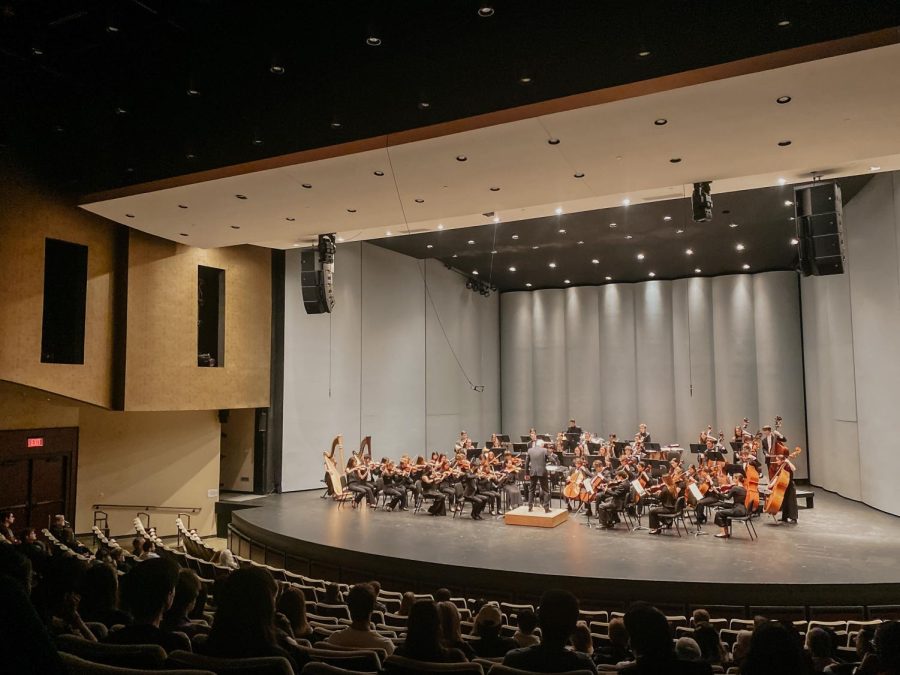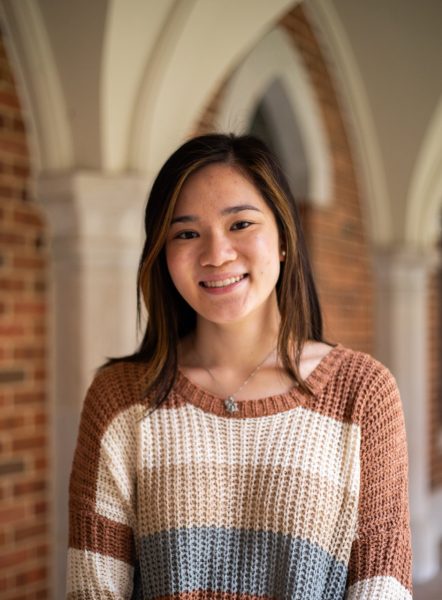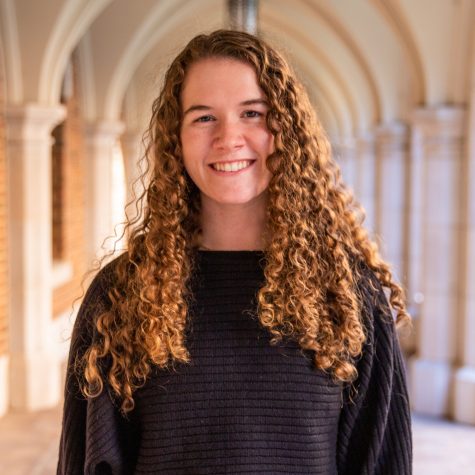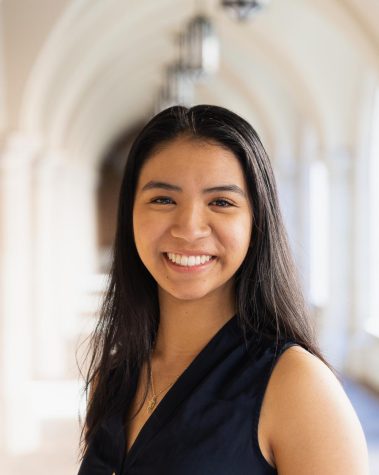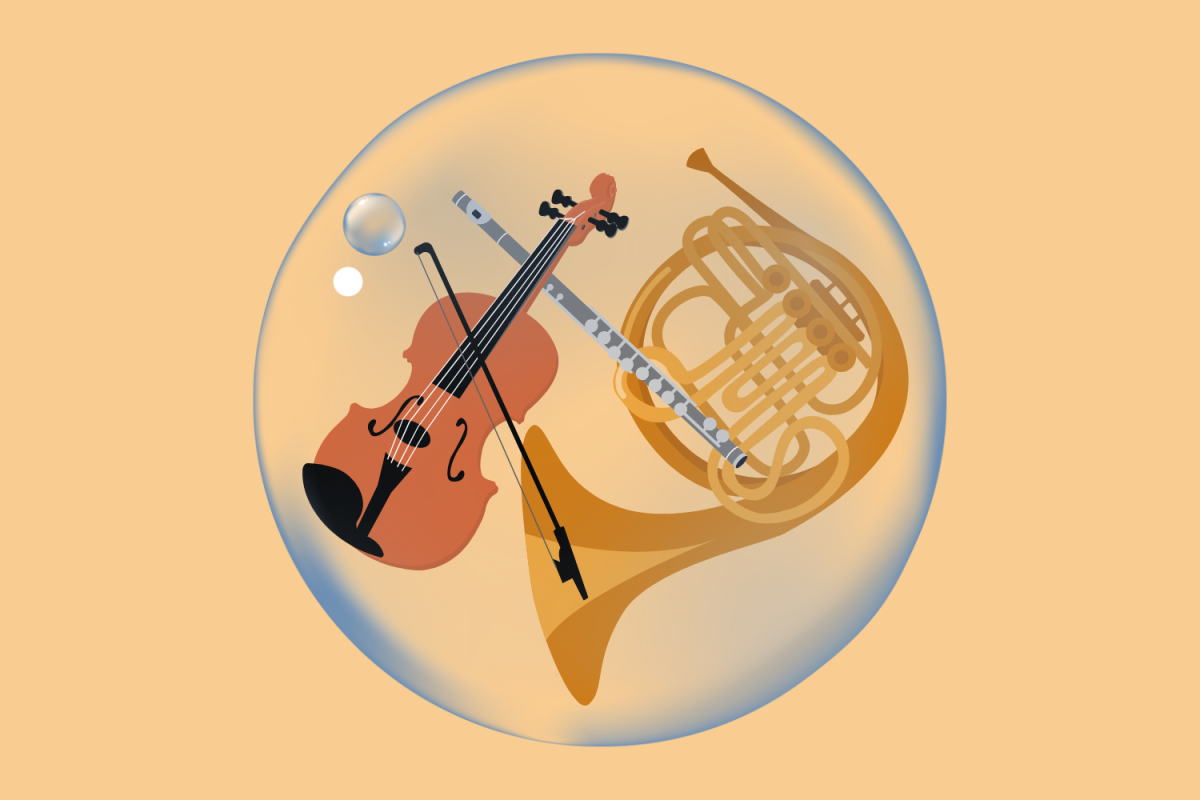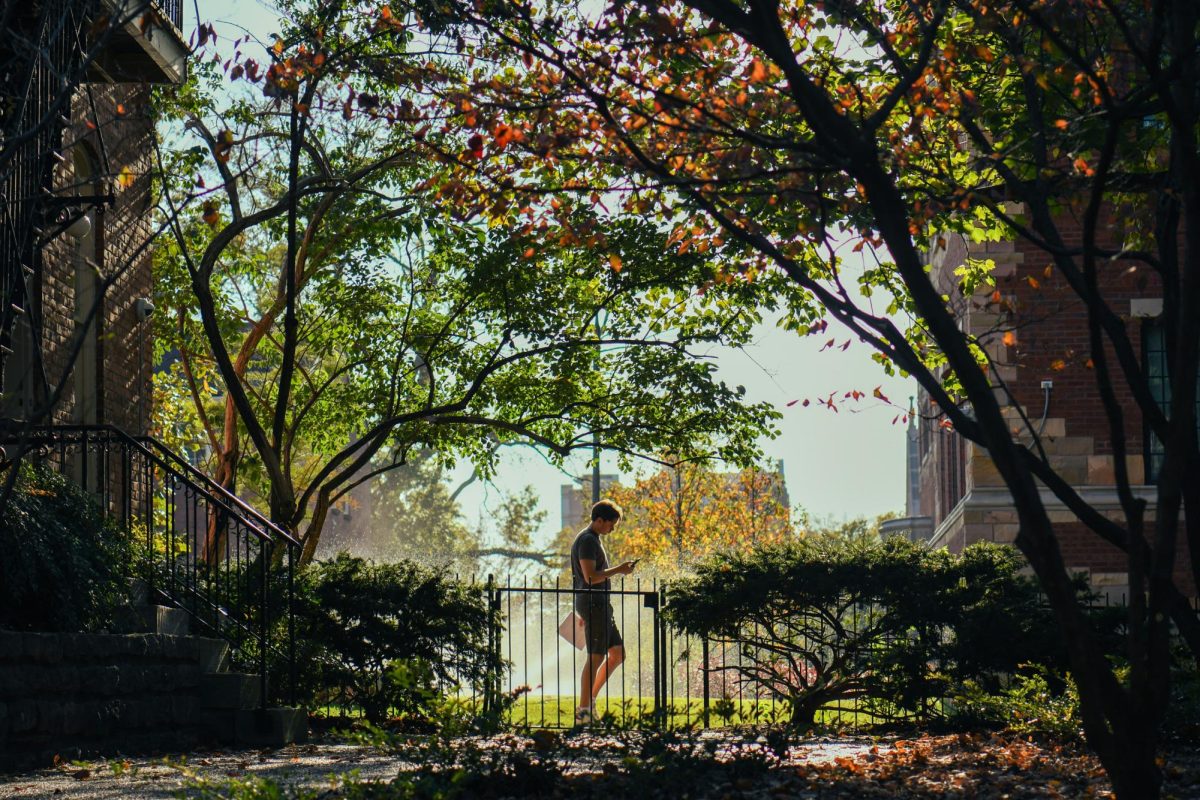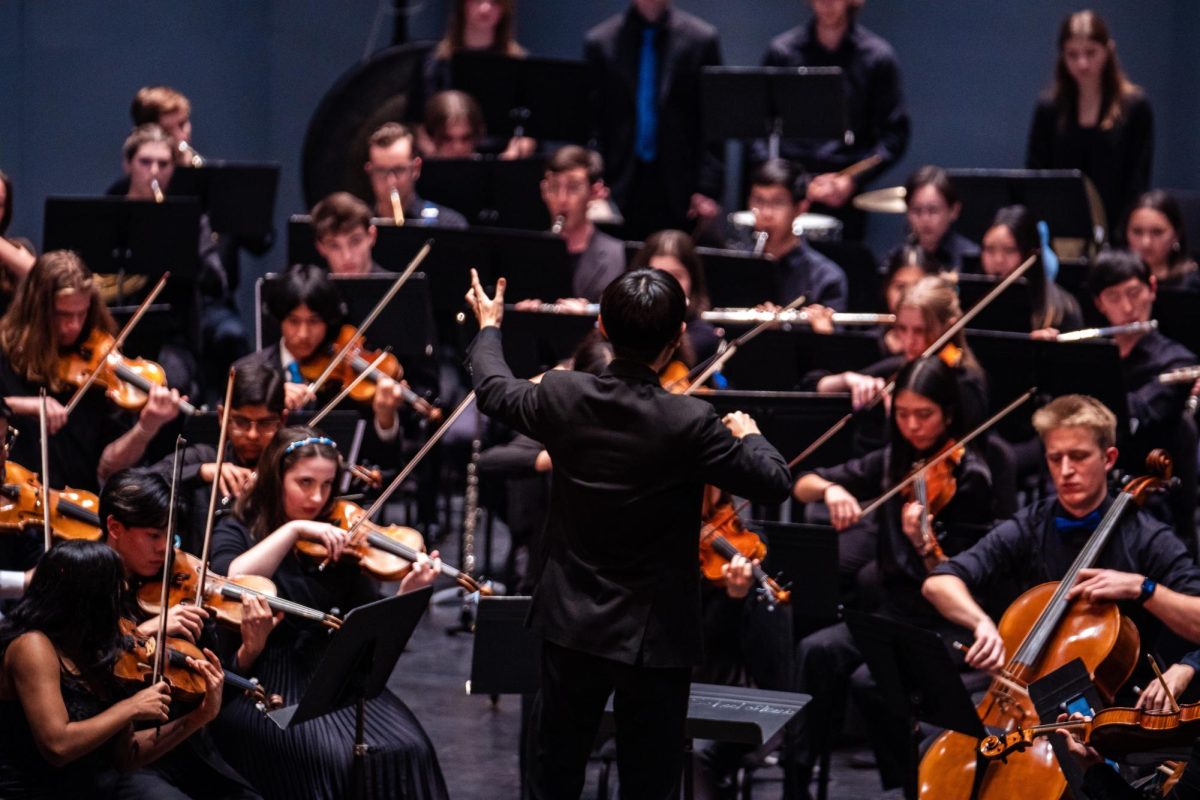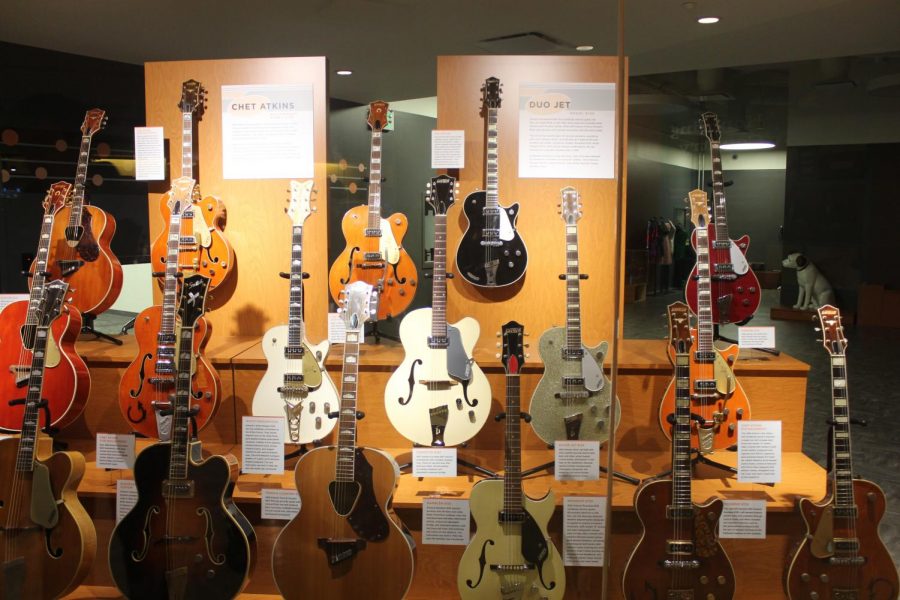“That last song was a toe-tapper!” exclaimed one man in the audience as he got up to leave after the most recent Vanderbilt Orchestra concert.
“Toe-tapper” is probably not the first word that comes to mind when you think of classical music. You might think orchestra concerts only consist of songs that are far less entertaining to listen to than those at a pop or R&B concert, but if you’ve attended a Vanderbilt Orchestra concert, you know that this assumption is wrong. The performance on Oct. 21 at Ingram Hall especially defied this stereotype. It proved that sometimes, even music without words is enough to get your head bopping.
Before the program commenced, quiet chatter filled the rows. Some attendees discussed the intricacies of the pieces listed in the program while others chatted about their most recent Gen Chem exam, but everyone fell silent when the students started walking on stage. Wearing black and looks of serious concentration, the musicians found their seats.
When conductor Robin Fountain walked to center stage, his small smile and calm demeanor made it clear that he had no doubts about his students—he knew they would blow us away. Fountain prefaced the concert with a bit about the first piece and its composer. According to Fountain, Ethel Smyth was the daughter of a British brigadier who seriously disapproved of her musical ambitions. Smyth chased her dreams anyway, becoming the first female composer to have an opera performed at the Metropolitan Opera House in New York City, and we’re all the better for it.
Tales of shipwrecks inspired the opening piece, the overture from Smyth’s opera “The Wreckers.” The piece told a story, with changes in mood and tempo indicating the progression into new plot points. Of course, it was musically astounding, but the movement of the musicians was almost hypnotic, a beautiful example of orchestra as both audible and visual art. The synchronicity of the bows, the drama of the drums and the gestures of the conductor worked together to create a cohesive image.
After a brief change of instrumentation, the concert resumed with the striking first piano glissando of Dmitri Shostakovich’s Concerto for Piano, Trumpet and Strings, Op. 35. Piano prodigy Shostakovich masterfully composed this piece to showcase his own idiosyncratic skills, and Blair Keyboard Department co-chair Heather Conner performed it with equal parts flair and humility. The trumpet soloist, Blair Associate Professor of Trumpet Jose Sibaja, added a sweet but controlled overlay to complement the pianist’s chaotic, forceful line. The piece was an elegant, intricate dance between Conner, Sibaja, Fountain and the ensemble. This concerto in particular was a testament to the expertise of everyone involved because it is written for two solo parts, not just one. It required a combination of preparedness, confidence and sheer experience to coordinate. One of the best parts of watching this piece was seeing the expression on the soloists’ faces, who clearly enjoyed listening to the ensemble accompany them nearly as much as they liked playing.
Originally published as a piano solo, the orchestral arrangement of Franz Liszt’s Hungarian Rhapsody No. 2 did not fail to impress as the concert’s grand finale. The roller coaster of a piece demonstrated the versatility of the performers as it switched from major to minor keys and slow to fast tempos. Principal clarinetist Hina Tamaki interspersed these sections with deeply nuanced, technically demanding passages that led the orchestra smoothly into the next phrase. There is little doubt that, once it hit its stride, “Hungarian Rhapsody” was our favorite. In stark contrast to the menacing opening bars, the piece finished in a lively, jaunty whirlwind reminiscent of a juggler hopping across a tightrope at a circus. Looking around, we could see that the audience wanted to jump up and dance to the music.
Classical music is not just a collection of markings on the page, a series of etudes or melodies fit for the “Baby Einstein” tracks that parents put on for their infants when trying to put them to sleep. It is a unique art that has the remarkable ability both to entertain and to tell stories without even using words. So next time you’re planning your week, step out of your comfort zone and see what surprise the Blair students have in store for us next on Nov. 15—no strings attached.

